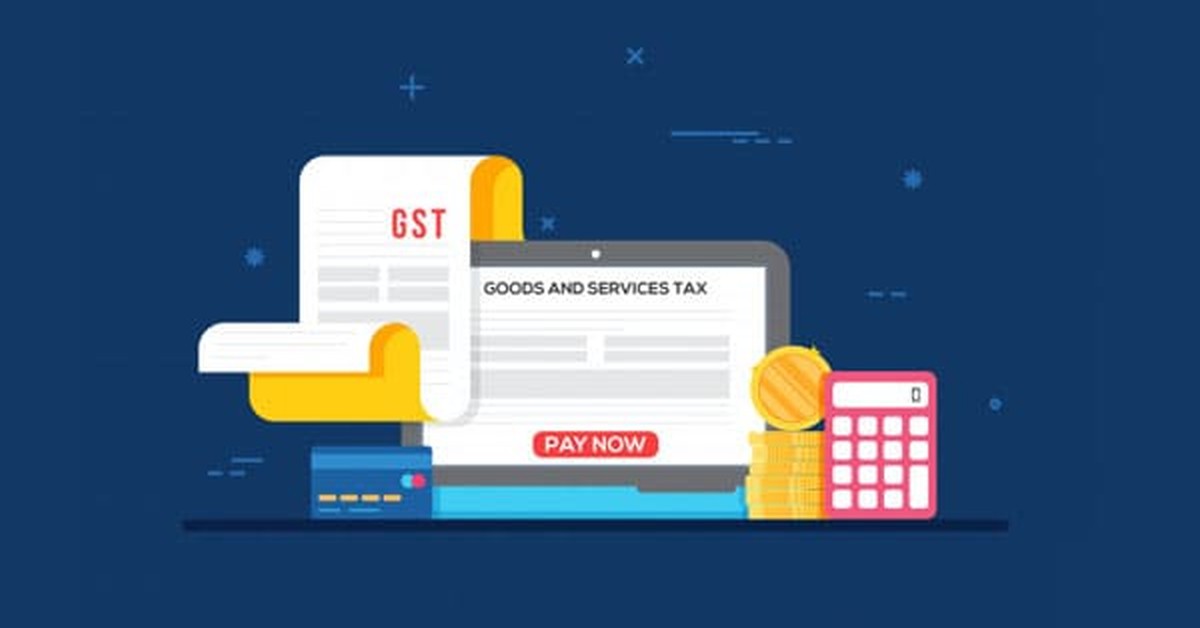GST Automated Return Scrutiny Module has been designed to select the GST Returns for the process of scrutiny. Its an effective tool to select the GST Returns based on the data analytics and system identified hazards. The automated module will targets the Gst Returns which has data mismatches among different types of GST Returns filed on the GSTIN Portal.
The Automated Module will display the discrepancies to the tax officials due to risk linked with the GST Returns filed on the GSTIN Portal. The Automated Module will automatically will send the GST Notices to the Taxpayers wherever any data mismatches or risk has been identified with the GST Returns filed at the GSTIN Portal.
Earlier the Proper Officer use to sent the ASMT-10,receiving response from the Taxpayer in ASMT-11 and taking the action in the form of either issuing an order accepting reply using the ASMT-12,issuing show cause notice , starting audit or investigation.
Use of data analytics for scrutiny of returns will lead to less physical interface with the department and ultimately will lead to ease of doing business.
Now let us understand what all are possible scenario in which the GST Returns shall come under the process of scrutiny .

SCENARIO
- Difference b/w GSTR-1 and GSTR-3B: Difference in the value of outward supplies and its tax liability filed in the GSTR-1 and GSTR-3B. Such difference could lead to tax evasion which could be the basis of selection under GST scrutiny process.
- HSN Improper Reporting: Now it is mandatory to report HSN in the GSTR-1 filed if the HSN of Outward supplies has not been provided in the GSTR-1 then the return could come under scrutiny.
- Difference b/w GSTR-2A,GSTR-2B and GSTR-3B: Difference in the value of input tax credit appearing in GSTR-2A,GSTR-2B and GSTR-3B could be the basis of selection under GST scrutiny process.
- Reverse Charge Mechanism: RCM Paid in cash should not be less than the ITC availed in GSTR-3B.
- Tax Liability Declared in GSTR-3B: Tax Liability declared in GSTR-3B should not be less than the GSTR-1 tax liability declared.
- All other ITC: All other ITC availed in GSTR-3B can be verified with the GSTR-2A and GSTR-2B.
- ITC in Cancelled GST Registration: Input Tax Credit availed after GST registration of supplier has been cancelled (after effective date of cancellation).
- GSTR-3B and E-way Bill: Tax Liability declared in GSTR-3B shall be verified with the Tax Liability declared in E-way Bill shall be verified.
- ITC Claimed afterwards: Where the input tax credit in respect of any invoice or debit note has been claimed after the time limit prescribed in Section 16 of CGST ACT 2017.
- Supplier GSTR-3B not filed: Input Tax Credit has been availed in case where the supplier has not filed the GSTR-3B.
- Import of Goods: Input Tax Credit availed in respect of import of goods in GSTR-3B shall be verified with the Table 10 and 11 of GSTR-2A and GSTR-2B.
- Reversal of ITC: Any reversal of input tax credit has not been done in accordance with the CGST rules.
GST Scrutiny Process
On the basis of the automated Gst scrutiny module the Gst returns shall be selected under the scrutiny and the necessary notices shall be issued. The automated module will result in more scrutiny notices, thereby helping the GST department to cover more GST Returns having risk.
- GST Notice: The GST Notice under ASMT-10 shall be issued to the taxpayer whose return shall be selected under GST Assessment.
- Tax Payer Response: The Taxpayer need to provide their response in ASMT-11.
- Action by Department: Issuing order in ASMT-12 accepting reply of Taxpayer or may further start any GST audit or investigation any.
Taxpayer Attention
Since the GST automated scrutiny module has made the workflow more effective for the GST Department and ease of doing business for them, then more GST returns shall come under the ambit of GST Scrutiny Selection criteria.
Certain duties shall be carried out by the taxpayers which are mentioned below:
- Taxpayer has to be more cautious in filing the GST Returns now.
- Value of Outward Supplies needs to be matched in both GSTR-1 and GSTR-3B.
- Tax Liability Declared in GSTR-1 and GSTR-3B shall be matched.
- ITC Claimed in GSTR-3B needs to be verified with the GSTR-2A and GSTR-2B both.
- Value of Outward Supplies and Tax Liability declared in GSTR-1 needs to be verified with the E-way bill if made any.
- Input Tax Credit claimed with respect to any invoice or debit note has to be claimed with the time frame specified in section 16 of CGST ACT 2017 and CGST Rules made.
- Input Tax Credit on Import of Goods needs to be verified with GSTR-2A and GSTR-2B both.
- Input Tax Credit claimed in GSTR-3B shall not be more than the Input Tax Credit available as per GSTR-2A and GSTR-2B both.
- Any reversal of input tax credit has to be in accordance with the CGST ACT and CGST rules made.
- Any RCM Paid in cash should not be less than the RCM ITC claimed in GSTR-3B.
In the above article we have discussed about the GST Automated Return Scrutiny Module which is very basis of selection of GST Returns. The module will bring more GST Returns under the ambit of Scrutiny Process and making it easier for the GST Department to track those GST Returns which has more risk of Tax Evasion any. The Taxpayer needs to be more cautious in filing the GST Returns and should avoid any data mismatch.The burden of data accuracy and its authenticity now completely in the hands of taxpayer and should ensure that the data provided in the GST Returns filed shall be accurate and in compliance of GST Law.
Disclaimer: The above said article is author viewpoint only,please refer respective sections,rules framed under GST.






 CAclubindia
CAclubindia

